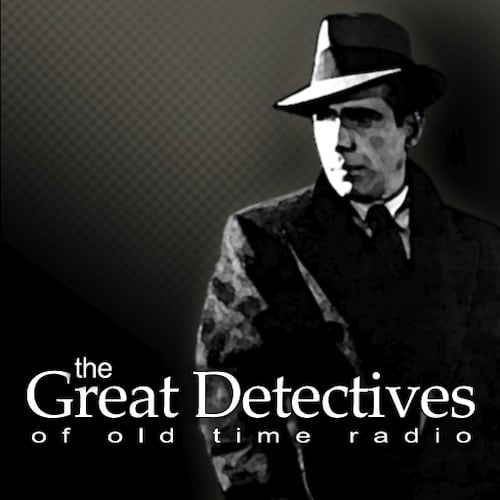Many TV producers did little to preserve their programs for posterity, leading to many TV episodes from the 1950s being lost to time, perhaps never to be seen again. In the United Kingdom, this continued into the 1960s with many programs lost to the ages due to the BBC’s “wiping policy.” It effected Doctor Who where more than 90 black and white episodes of the series are only available on audios and numerous other series that don’t exist in any form.
The case is worse for the first season of The Avengers. Only two full episodes and the fragment of another exist and no audio exists for the missing programs. The hit TV series was best known for the pairing of the Roguish spy John Steed (Patrick Macnee) with Mrs. Emma Peel (Diana Rigg.) However, Mrs. Peel only joined the series in Season Four. The first season featured Steed fighting alongside Dr. David Keel. What was that season like? Beyond the fragments we had, the entire first season of adventures was lost.
Then Big Finish came along. The company, best known for their Doctor Who dramas, agreed to produce the missing episodes of the Avengers as Audio Dramas and cast Julian Wadham as John Steed, Anthony Howell as Dr. Keel, and Lucy Briggs-Owens as nurse Carol Wilson.
The first volume collects four episodes of The Avengers: “Hot Snow,” “Brought to Book,” “Square Root of Evil,” and “One for the Mortuary.”
Throughout the set, Big Finish does an incredible job creating a sense of authenticity. The background music and soundscape succeed in making the set seem like a well-preserved recording from the 1960s rather than a modern imitation. The direction and acting are authentic to the era. When I listened to these, I found it easy to forget these were recorded in 2013.
The stories themselves are different from the type of stories told in the Steed and Peel era. Episodes from the Steed and Peel era included fantastic plots like a mad tycoon who planned to turn his department store into a nuclear bomb. The early Avengers episodes seemed to enjoy far more typical crime dramas.
The first episode, “Hot Snow,” focuses on drug dealers who start Keel’s career as a crimefighter by murdering his bride to be.”Brought to Book” has Steed and Keel working to bring down an extortion ring with ties to the hitman that murdered Keel’s fiancee. “The Square Root of Evil” features Steed infiltrating a counterfeiting ring, In “One for the Mortuary,” Keel agrees to carry a life-saving formula to the World Health Organization in Geneva but finds himself in the crosshairs of international ne’er-do-wells who want to steal it for their own ends.
“One for the Mortuary” is the most exciting story in the collection, and it gives the biggest hint of what was to come for the series with an exciting and dangerous spy game with assassins and international intrigue. The first three were well-produced and well-acted but quite ordinary crime dramas. It’s odd to think the show went from basic undercover work to trying to stop a department store from being used as a doomsday weapon.
The one story that had a significant problem was “The Square Root of Evil.” The reason Steed goes undercover is so he can find out who the Mr. Big is behind the counterfeiting operation. However, the episode ends before Mr. Big is caught or Steed learns who he was. Also, modern listeners may take issue with Keel’s reaction understated reaction to his fiancee’s murder. However, this is true to the era.
Each episode features a short extras segment which provides insight into the production of the set. I found the interview with John Dorney interesting as he adapted the original scripts and he explained the unique challenges in this task.
Overall, the stories are enjoyable and the finale is particularly good. The entire collection manages to recreate four classic TV episodes that we haven’t experienced for over five decades and does so with a great sense of respect and authenticity.
Rating: 4.0 out of 5.0
If you enjoyed this post, you can have new posts about Detective stories and the golden age of radio and television delivered automatically to your Kindle.
This post contains affiliate links, which means that items purchased from these links may result in a commission being paid to the author of this post at no extra cost to the purchase
